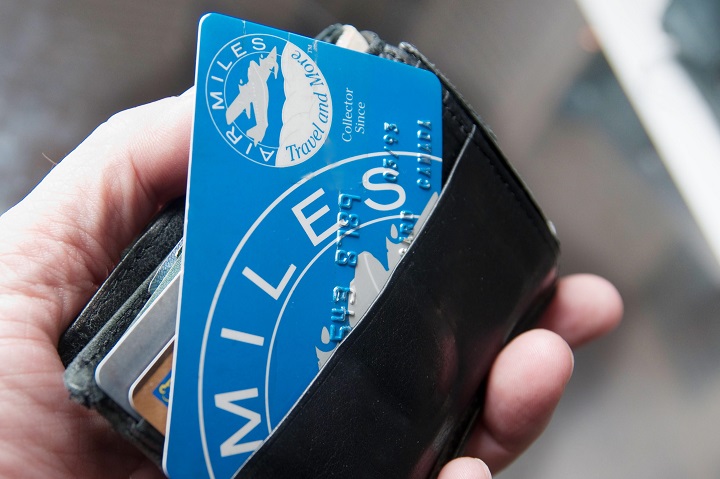Following a firestorm over its (now cancelled) expiration policy, Air Miles has announced “enhancements” to its loyalty program.

Starting April 3, all cardholders will receive the same merchandise offers, as opposed to a tiered system allowing some users access to more offers than others.
That means all cardholders — whether they are base-level “blue,” prime “gold” or a premium “onyx” member — will see the same offers when they log in. However, gold members will get 10 per cent off all merchandise, and onyx members will get 20 per cent off merchandise.
There will also be an option to pay some cash along with “dream miles” in order to get some merchandise sooner.
And customer service will be expanded to 24-hour service, seven days a week through social media.
WATCH: Air Miles controversy continues

To see the loyalty program giant concede is a huge win for consumers, said Patrick Sojka, founder of Rewards Canada, which tracks reward programs.
“Air Miles made a lot of mistakes last year,” said Sojka. “Now they’re trying to dig themselves out of that hole that they dug themselves into.”

Get weekly money news
The Air Miles reward enhancement follows a recent apology note sent to cardholders in which Air Miles said it “did not live up to” expectations last year.
“2016 was a challenging year, and we learned very difficult, public and humbling lessons,” Air Miles stated.
There was an outcry among cardholders last year as the reward program was set to introduce a five-year expiry policy on points. Members complained the website was down, that they weren’t being given access to any rewards they had enough miles for or that too many travel dates were blacked out.
Cardholders also complained that they’d settled for an unwanted item just to use up their points in time, only to see the expiration policy pulled at the last minute.
Air Miles acknowledged the public frustration and said card use dropped at the end of last year.
“You can look forward to an even better AIR MILES experience going forward,” the Air Miles apology promised.
The hidden cost of loyalty programs
When you sign up for a loyalty program you are offering up valuable information to retailers. Along with your personal details, you’re telling them what you’re buying, when you are buying it, and where.
“They’ve become big data — it’s tracking consumers’ behaviours, their shopping and all that, and being able to sell that data, or provide that data to their partners,” said Sojka.
After you use your reward card along with a purchase, you might get an offer for that same product from a certain retail partner. That prompts customers to go to that store for more.
WATCH: Loyalty rewards may not give consumers exactly what they thought
“An effective loyalty program will help acquire new customers, retain existing customers, and get those program members to spend more over time,” said Jonathan Bishop, from the Public Interest Advocacy Centre (PIAC), in an email to Global News last fall.
Consumer habits can even influence what you see on the shelves and where new stores might pop up or close down.
“Loyalty program information can influence decisions from the positioning of a product, to the determination of which locations to renovate or close,” said Bishop.
Cardholders shouldn’t shy away from reward programs, just know what they’re signing up for.
“They are great programs to join…but be aware that they are run like any other business and that they may change things on you in the future,” said Sojka.
Keep in mind, coalition loyalty programs make money off the offers they hand out and it’s up to consumers to use them. Sojka recommends keeping on top of all your loyalty programs and regularly redeeming rewards.
“Hoarding is not a good way to go a lot of times,” said Sojka.
“The mile you earn today is not worth the same as it is tomorrow so the sooner you can use them the better.”
— With a file from the Canadian Press








Comments